Category: 16-17 Season
-
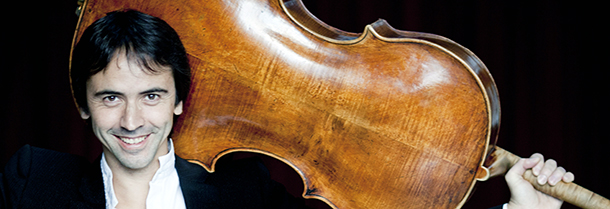
PROGRAM NOTES: WINTERLUDE – SUITE SATURDAY WITH JEAN-GUIHEN QUEYRAS
A Bit of History Few scholars doubt that Western music was better off for the release of a certain “Bach, Johann Sebastian” from the county jail in Weimar where he had languished, in unsuitable company, for the better part of a month in the autumn of 1717. Court organists can be a stroppy crew at…
-
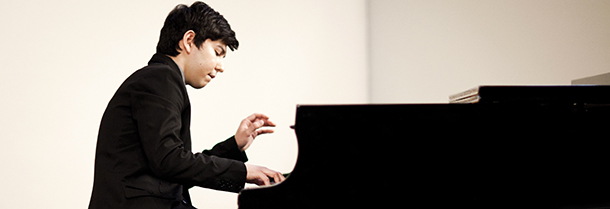
PROGRAM NOTES: BEHZOD ABDURAIMOV
Antonio Vivaldi Siciliana in D minor (arr. J. S. Bach and Alfred Cortot) Nothing could be more Baroque than an arrangement of an arrangement. The Baroque was a period in music history in which music travelled freely between instruments and instrumental ensembles. Bach’s Organ Concerto No. 5 for solo organ BWV 596, composed sometime…
-
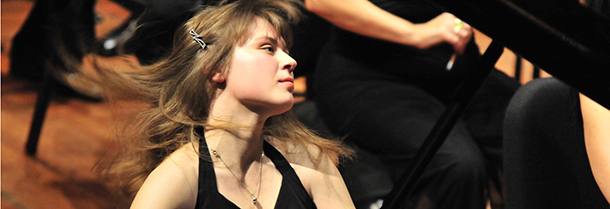
PROGRAM NOTES: ANNA FEDOROVA
Wolfgang Amadeus Mozart Fantasia in D minor K. 397 Mozart’s D minor Fantasia is a bundle of mysteries; an intriguing sound-puzzle for the listener but a labyrinthine minefield of interpretive choices for the pianist. Mere slavish attention to the details of the printed score—the motto and creed of historically informed pianism—risks missing the point entirely in a…
-
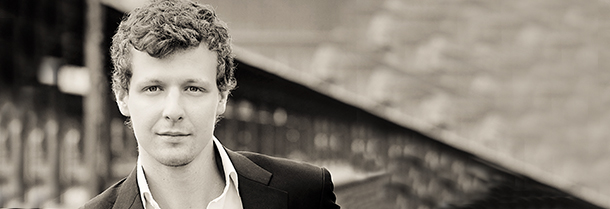
PROGRAM NOTES: ISTVÁN VÁRDAI
Felix Mendelssohn Variations Concertantes Op. 17 Felix was not the only musician in the Mendelssohn family. His older sister Fanny Mendelssohn Hensel (1805-1847) was a prodigiously talented pianist and composer, although she chose marriage over a public career, and his younger brother Paul Mendelssohn (1812-1874) was no slouch as a cellist, to judge by the…
-
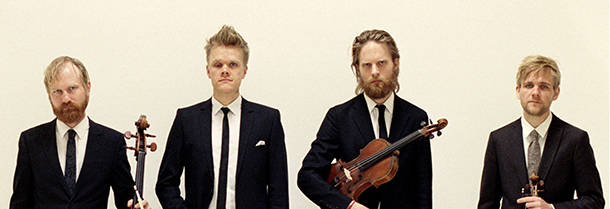
PROGRAM NOTES: THE DANISH STRING QUARTET
Johann Sebastian Bach Well-Tempered Clavier II Fugue No. 7 in E-flat major BWV 876 (arr. Mozart) In 1782 Mozart’s patron, Baron Gottfried van Swieten, showed the composer a number of manuscripts of the works of Johann Sebastian Bach and encouraged him to make string arrangements for performance at the Baron’s regular series of Sunday afternoon…
-




